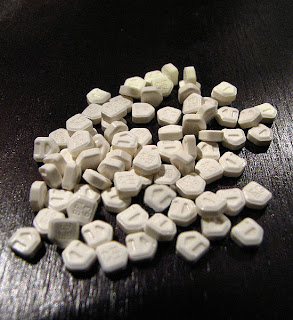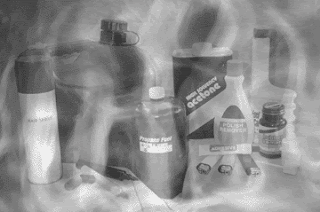 Prescribing cognitive enhancing drugs as an addiction treatment strategy may seem counter-intuitive, but leaders in recovery research are increasingly supporting its use as a valuable tool in the struggle against substance abuse.
Prescribing cognitive enhancing drugs as an addiction treatment strategy may seem counter-intuitive, but leaders in recovery research are increasingly supporting its use as a valuable tool in the struggle against substance abuse.
COGNITIVE ENHANCERS AND ADDICTION TREATMENT
As addiction severely compromises cognitive abilities, it has been theorised that the administration of cognitive enhancers can significantly improve both the efficiency and success of recovery.
Drugs such as Ritalin (methylphenidate), Concerta (an extended-release form of methylphenidate) Adderall (amphetamine and dextroamphetamine), and Provigil (modafinil), are well-known cognitive enhancers used primarily to treat the symptoms of attention deficit hyperactivity disorder (ADHD). They function by stimulating the prefrontal cortex of the brain, the area responsible for rationalising, exerting willpower, learning and motivation. Since this is the area of the brain that becomes compromised through substance abuse, it has been theorised that these drugs would support individuals in recovery to improve their cognitive functions, and therefore increase the rate of successful recovery.


 R.I.P. Harvey, was our resident and first pet at Sobriety Home and a “cuddly member” of our Clinical Team for four years.
R.I.P. Harvey, was our resident and first pet at Sobriety Home and a “cuddly member” of our Clinical Team for four years.
 Important New Scientific Findings:
Important New Scientific Findings:


